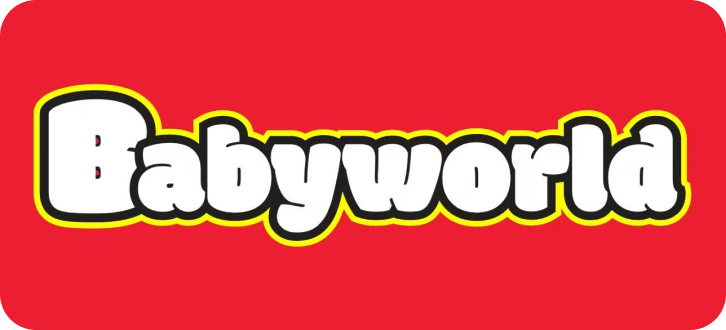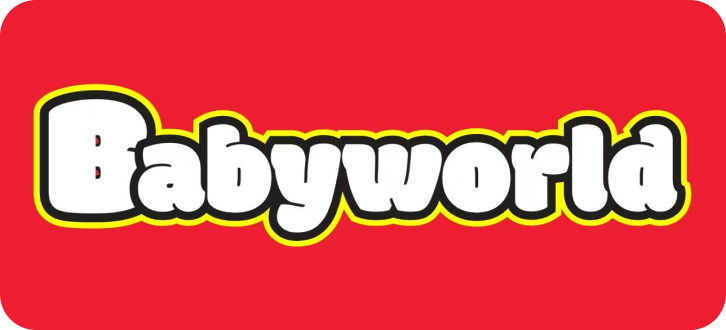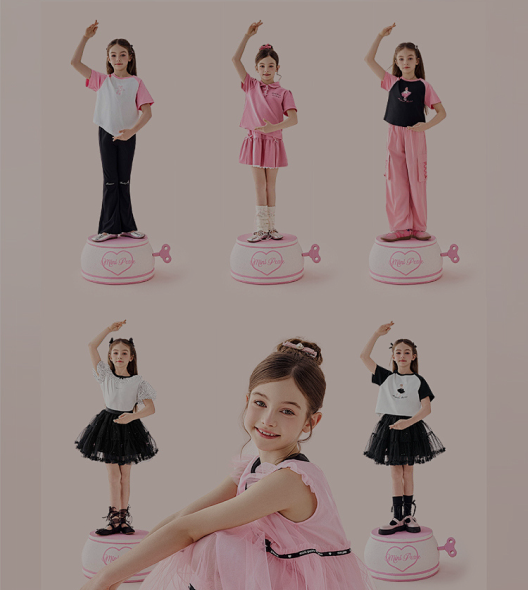An article about maternal and child knowledge

7 Science-Backed Parenting Tips: Avoid Common Pitfalls for New Parents
Parenting is a journey filled with joys, but also unspoken anxieties—Is the baby sleeping right? Why won’t they eat? How to soothe their cries? Let’s bust 7 myths with science and turn chaos into confidence.
🌙 Sleep Training: Teach “Self-Soothing” the Smart Way
Science Behind It:
The AAP notes that by 4 months, babies develop circadian rhythms. Daytime naps and nighttime sleep can be gently shaped (not forced!).
Common Mistakes:
- ❌ Crutch Habits: Rocking/nursing to sleep creates dependency—babies wake up confused when put down.
- ❌ Day-Night Mix-Up: Dark curtains for daytime naps disrupt their internal clock.
Pro Tips:
- Daytime “Light Sleep”: Keep rooms softly lit, play white noise (not too loud!), and limit naps to ≤2 hours.
- Nighttime Ritual: Bathe → Moisturize → Read → Dim lights. Consistency signals “sleep time.”
- Wean Off Holding: Start by placing them in the crib while still drowsy, stay with a hand on their chest, then gradually step back. Add a lovey (after 12 months) for comfort.
🥦 Solid Foods: 6+ Months, 3 Golden Rules
When to Start:
Wait until baby can sit upright, lose the tongue-thrust reflex (no pushing food out with their tongue), and show interest in food (around 6 months).
Must-Haves for Iron:
Iron-fortified cereal, pureed red meat (beef/pork—heme iron is best), and dark veggies (spinach, broccoli—vitamin C boosts absorption).
Pitfalls to Skip:
- ❌ Salt/Sugar Early: Kidneys can’t handle sodium; sweeteners train a sweet tooth.
- ❌ Chasing Meals: Forcing food kills independence—babies stop eating when full!
- ❌ Only Purees: By 8 months, introduce soft chunks (avocado slices, steamed carrot sticks) to build chewing skills (critical for speech!).
Try Baby-Led Weaning (BLW):
Let them grasp and gnaw on safe, soft foods. Mess is normal—they’re learning! Serve iron-rich foods first, then veggies/fruit.
👂 Sensory Play: 0-3 Years Shape Future Learning
5 Senses Development Timeline:
- Hearing: Newborns love womb-like white noise; 3+ months: birdsong, 流水声 (running water). Avoid overplaying nursery rhymes—mix in complex sounds!
- Taste: After 4 months, let them lick apple slices (no sugar!). Delay spices until 1 year.
- Sight: 0-3 months: high-contrast black&white cards; 4-6 months: bold colors; 7+ months: real objects (flowers, leaves).
- Touch: Let them feel silk, towel, cold packs (wrapped!). Barefoot grass time in summer, warm water play in winter.
- Smell: Introduce lemon, baking bread, flowers—build scent memory.
Motor Skills Alert:
NO WALKERS! Let babies crawl for at least 6 months (boosts vestibular sense/balance). Crawling first = fewer falls later.
😤 Emotions: “Crying” Is Baby’s Language—Don’t Silence It
Step 1: Validate Feelings
When they cry, kneel down: “You’re upset—did you hurt yourself?” Acknowledge first, then solve.
Teach Expression:
- 0-12 months: Use simple words + gestures (“Hungry? Point to your mouth!”).
- 2+ years: Read “The Color Monster” to label emotions (“Angry” vs. “Sad”).
Harmful Myths:
- ❌ “Stop crying or I’ll leave!” → Fear of abandonment.
- ❌ “Hold it in!” → Repressed emotions = worse outbursts later.
Create an Emotion Corner:
Fill a nook with stuffed animals and books. When upset, they can “cool down” there—building self-regulation.
⚠️ Safety: Hidden Dangers Parents Miss
Home Hazards:
- Corner guards + drawer locks (babies climb drawers!).
- Lock up meds/cleaners—they’ll climb chairs to reach.
- Never leave hot water within reach (even empty tubs—they climb in!).
Out-and-About Risks:
- Car Seats: Rear-facing until 2 years (reduces neck injury in crashes).
- Sun Protection: 6+ months: hats + UPF clothing (avoid sunscreen chemicals; shade is best).
- Drowning: 10cm of water (buckets, bathtubs) can drown a baby. Drain water immediately.
🗣️ Language: From Coos to Conversations
The Power of Responsive Talk:
- Newborns: “You kicked! Little dancer!” (mirror their actions).
- 1+ year: Ask 绘本 questions: “Why is the bear crying?”
- Playtime: Narrate actions: “Mommy stacks the block—crash!”
Screen Time Rules:
- ❌ Under 18 months: No passive screens (videos teach less than interaction).
- ✔ 2+ years: ≤1 hour/day, co-watch (explain scenes, ask questions).
Myth: “They’re too young to understand.”
Babies start parsing tone/emotion at 6 months—early talk jumpstarts language explosions!

🩺 Sickness: Fever, Eczema, Diarrhea—Do’s & Don’ts
Fever First Aid:
- ❌ No alcohol baths (toxic absorption) or ice packs (shocks skin).
- ✔ 38.5°C+? Use acetaminophen/ibuprofen (dose by weight). Below? Dress light, sponge neck/armpits with lukewarm water. Focus on behavior (active = okay).
Eczema Care:
- ❌ Fear steroid creams: Low-strength (e.g., hydrocortisone) is safe short-term. Untreated eczema worsens.
- ✔ Moisturize 2x daily (fragrance-free medical cream), bathe in ≤37°C water, skip soap.
Diarrhea Fix:
- ❌ Only water: Dehydrates faster! Use Oral Rehydration Solution (ORS).
- ✔ Keep eating: Bland foods (rice, toast) help guts recover.
Final Note:
Parenting has no “perfect score,” but science gives you a map—not a rulebook. It’s okay to mess up; what matters is learning and loving.
Got a parenting struggle? Drop it in the comments—we’ll decode it together!
Formatting Tips for DOC:
- Use Heading 1 for the title, Heading 2 for sections (e.g., “Sleep Training”), and bullet points (❌✔) for clarity.
- Bold key terms (e.g., tongue-thrust reflex, BLW) to highlight takeaways.
- Adjust fonts (Arial/Calibri, 12pt) and add icons (🌙🥦) for visual flow.
Copy this into Word, and tweak as needed!
Here is a question about parenting knowledge
Here is an answer about parenting knowledge Here is an answer about parenting knowledge Here is an answer about parenting knowledge Here is an answer about parenting knowledge Here is an answer about parenting knowledge Here is an answer about parenting knowledge Here is an answer about parenting knowledge Here is an answer about parenting knowledge Here is an answer about parenting knowledge
Here is a question about parenting knowledge
Here is an answer about parenting knowledge Here is an answer about parenting knowledge Here is an answer about parenting knowledge Here is an answer about parenting knowledge Here is an answer about parenting knowledge Here is an answer about parenting knowledge Here is an answer about parenting knowledge Here is an answer about parenting knowledge Here is an answer about parenting knowledge
Here is a question about parenting knowledge
Here is an answer about parenting knowledge Here is an answer about parenting knowledge Here is an answer about parenting knowledge Here is an answer about parenting knowledge Here is an answer about parenting knowledge Here is an answer about parenting knowledge Here is an answer about parenting knowledge Here is an answer about parenting knowledge Here is an answer about parenting knowledge
Here is a question about parenting knowledge
Here is an answer about parenting knowledge Here is an answer about parenting knowledge Here is an answer about parenting knowledge Here is an answer about parenting knowledge Here is an answer about parenting knowledge Here is an answer about parenting knowledge Here is an answer about parenting knowledge Here is an answer about parenting knowledge Here is an answer about parenting knowledge




Using dummy content or fake information in the Web design process can result in products with unrealistic assumptions and potentially serious design flaws. A seemingly elegant design can quickly begin to bloat with unexpected content or break under the weight of actual activity.